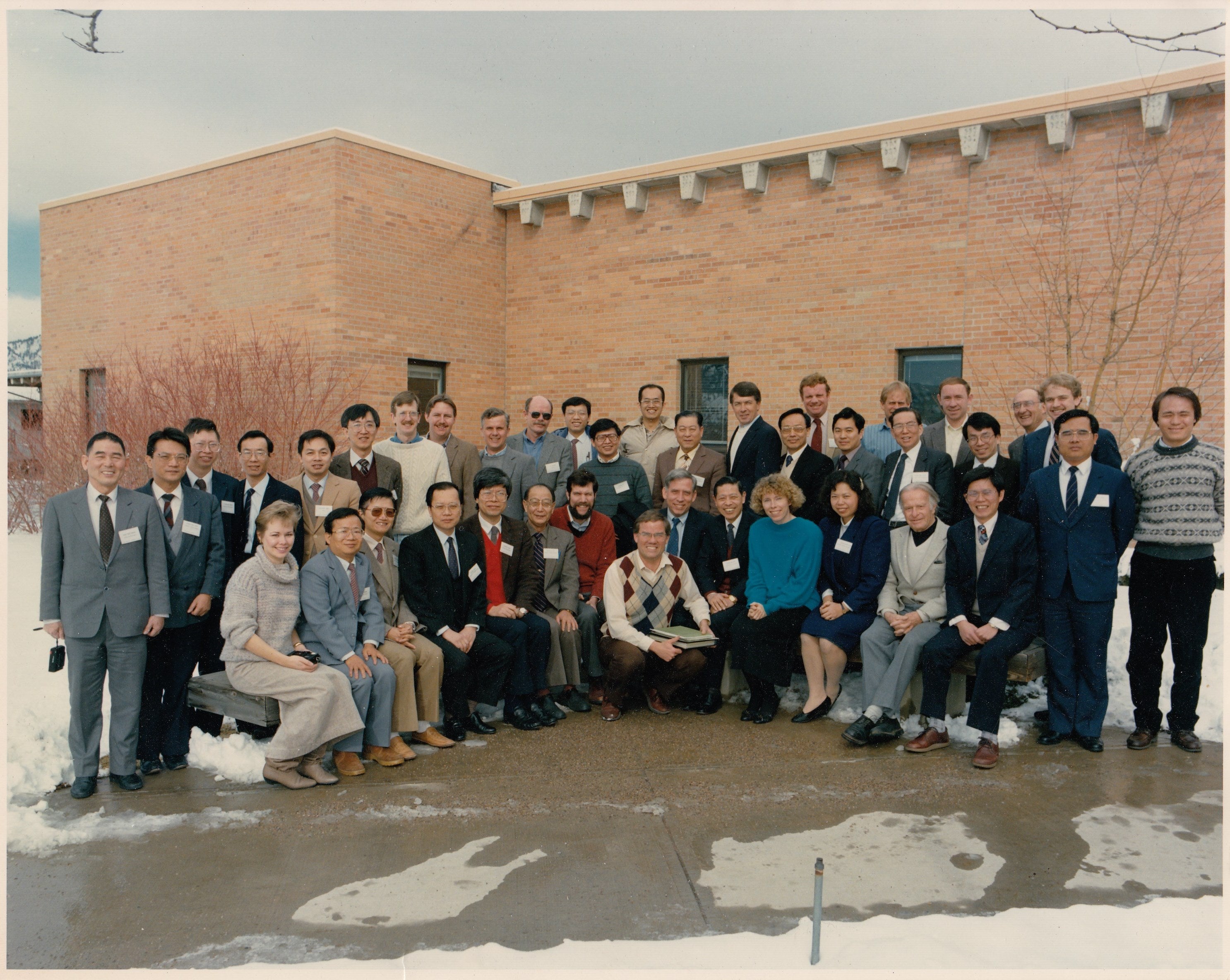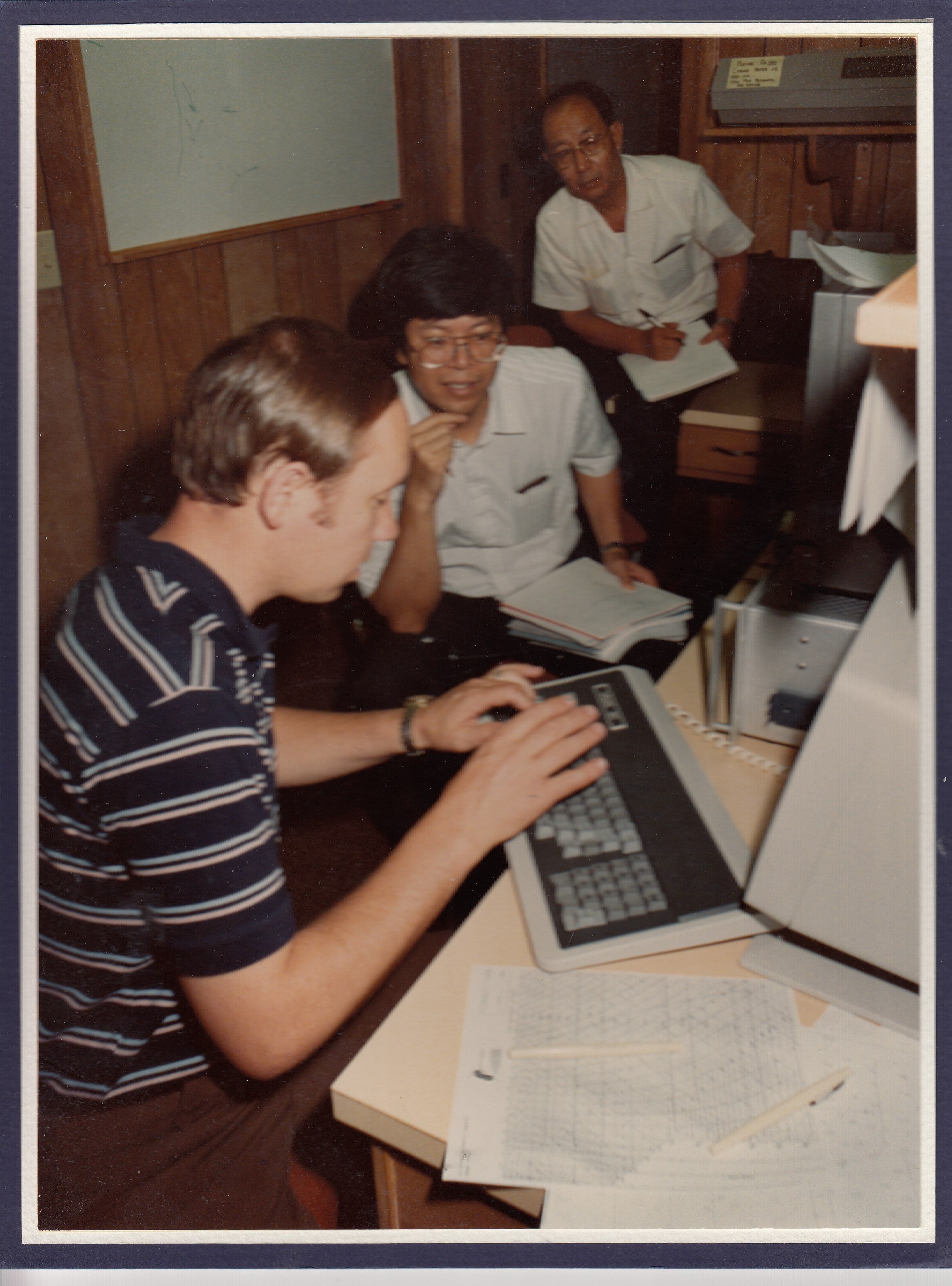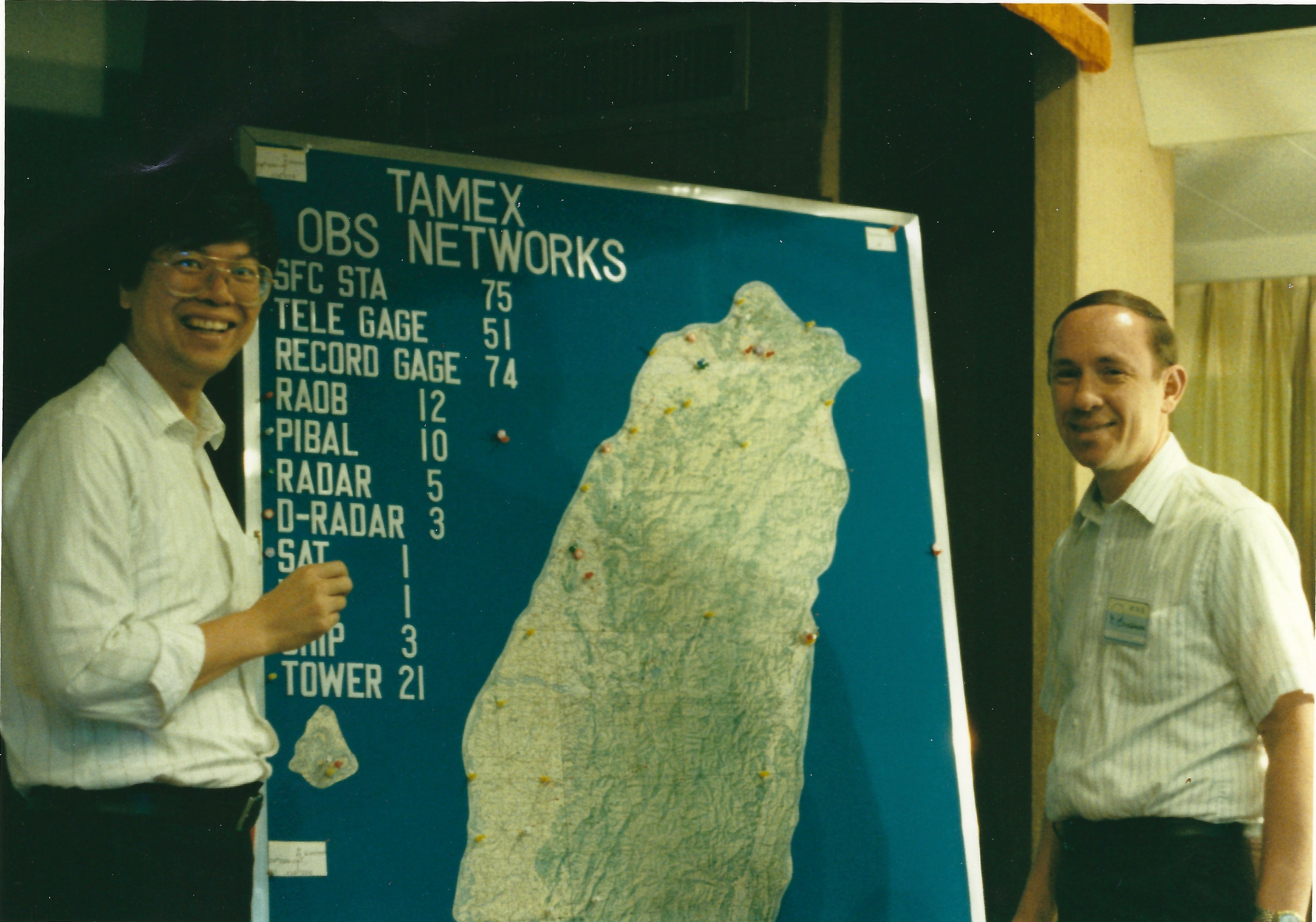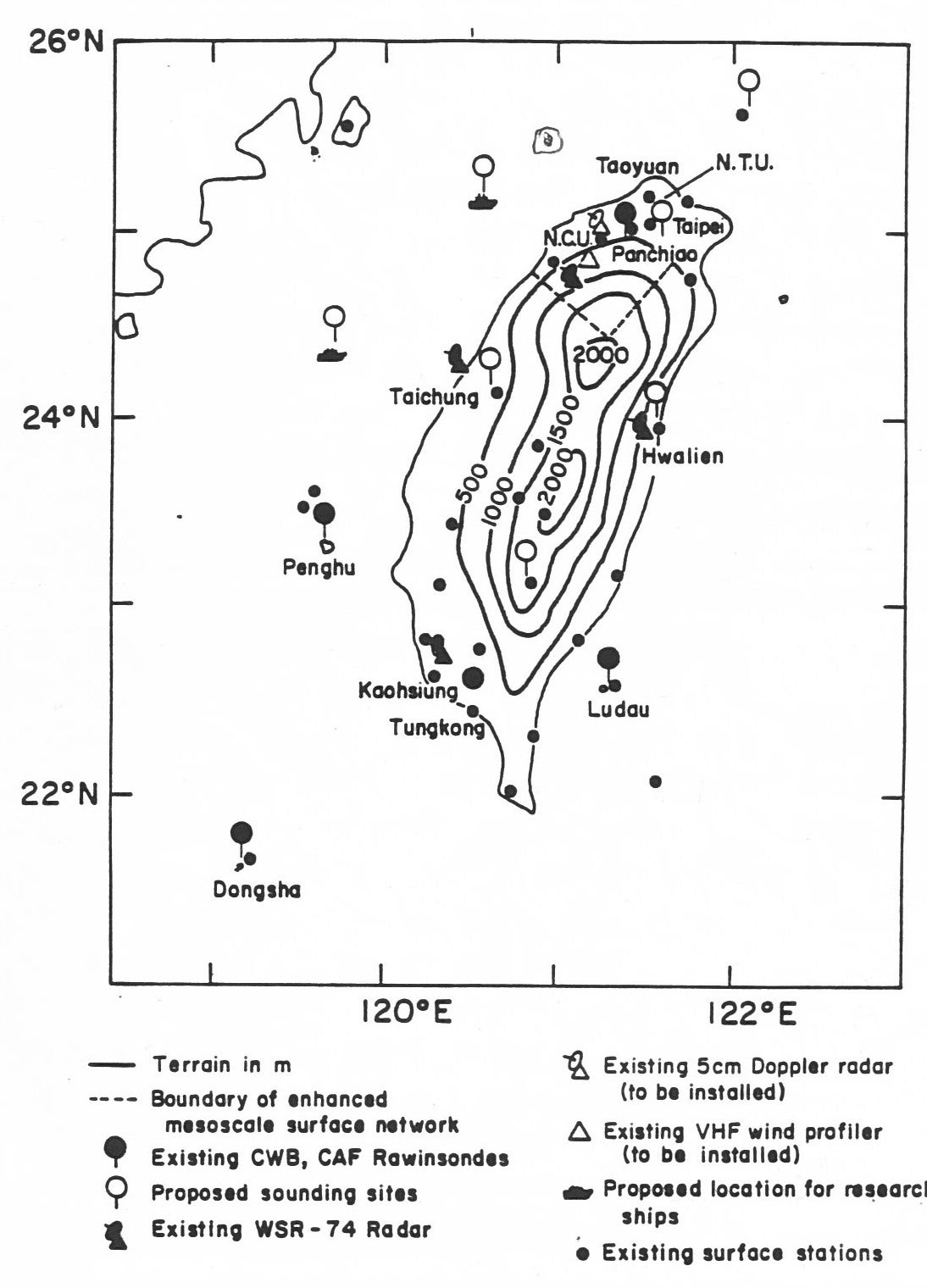TAMEX
Taiwan Area Mesoscale Experiment
The Taiwan Area Mesoscale Experiment (TAMEX) was a cooperative research program between scientists of the Republic of China and the United States to understand the mesoscale dynamics and microphysical processes responsible for heavy precipitation that leads to flash floods in Taiwan, and to improve the forecasting of such events. The three primary scientific objectives of TAMEX were to investigate 1) the mesoscale circulations associated with the Mei-Yu front; (2) the mesoscale convective system that develop within the front; and (3) the effects of topography of Taiwan on the mean flow, the Mei-Yu front, and mesoscale convective systems.
The field phase of the TAMEX Program operated from 1 May to 29 June 1987 with 13 Intensive Observational Periods (IOP)s. In addition, soundings were taken every 6-hours within the network for a one month period from 15 May to 15 June. This provided an unique opportunity to also study the diurnal cycle and other mesoscale circulations over and around Taiwan during non-disturbed periods as well as disturbed periods. Meteorological phenomena on which special observations were collected include: the Mei-Yu front, low-level jet, pre-frontal squall lines, open-ocean measoscale convective systems, mountain convection, terrain induced mesoscale circulation, frontal deformation due to orography, nocturnal convergence lines, and land-sea breeze. In a few cases, heavy precipitation (6-h rainfall exceeding 150 mm) was recorded within the observing network.
TAMEX, with more than 125 scientists involved, was the first scientific effort of its kind involving several research organizations in the Republic of China and the United States. These included NOAA, The U.S. Naval Research Laboratory, NCAR, and the following Universities: Alabama, Colorado State, Florida State, Hawaii, North Carolina State, Oklahoma, Purdue, St. Louis, Washington, and Yale.
 |
 |
 |
|
TAMEX Group Planning Meeting
held at NCAR in Boulder, Winter 1986
|
TAMEX researchers
Richard Johnson and George Chen
at the CP-4 Trailer in Taiwan
|
George Chen and Richard Johnson
|
OBSERVATIONS
| Aircraft | NOAA P-3 |
|---|---|
| Oceanographic | Routine Meteorological and oceanographic measurements from Ships |
| Radar | Three (3) C-Band Doppler radars (NW coast of Taiwan). NCAR CP-4, Chinese Civil Aeronautical Administration, NOAA TOGA radar |
| Radar | Five conventional radars located around the coast of Taiwan |
| Ship | Ocean Research 1, Navy ship, Fishing Training 1 |
| Surface | 74 Surface Mesonet stations, 126 raingage stations (all stations 30-60 min resolution) |
| Surface | 21 Automated wind towers (10-min resolution) |
| Upper Air | 12 Rawinsonde stations (12 land-based, 3 ship-based) |
| Upper Air | 10 PIBAL Sites (wind only). 6 routine sites, 4 special TAMEX sites |
| Upper Air | Minisonde system (National Central University, NCU) |
| Upper Air | 52 MHz Wind Profiler system (National Central University, NCU) |
| Upper Air | Dropwinsondes from P-3 Aircraft |
NETWORK MAP
 |
Data Manager:
- EOL Archive, NCAR/EOL/DMS